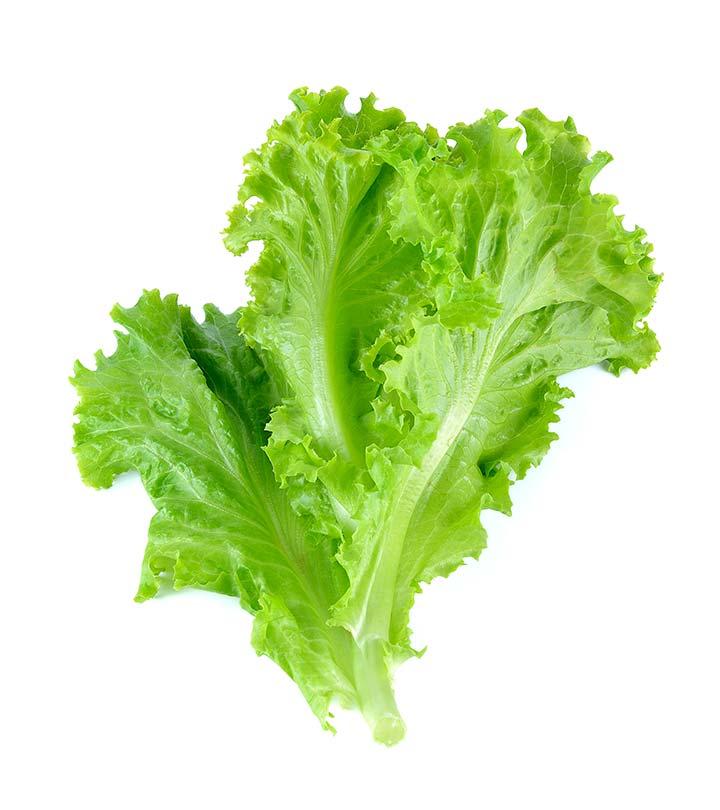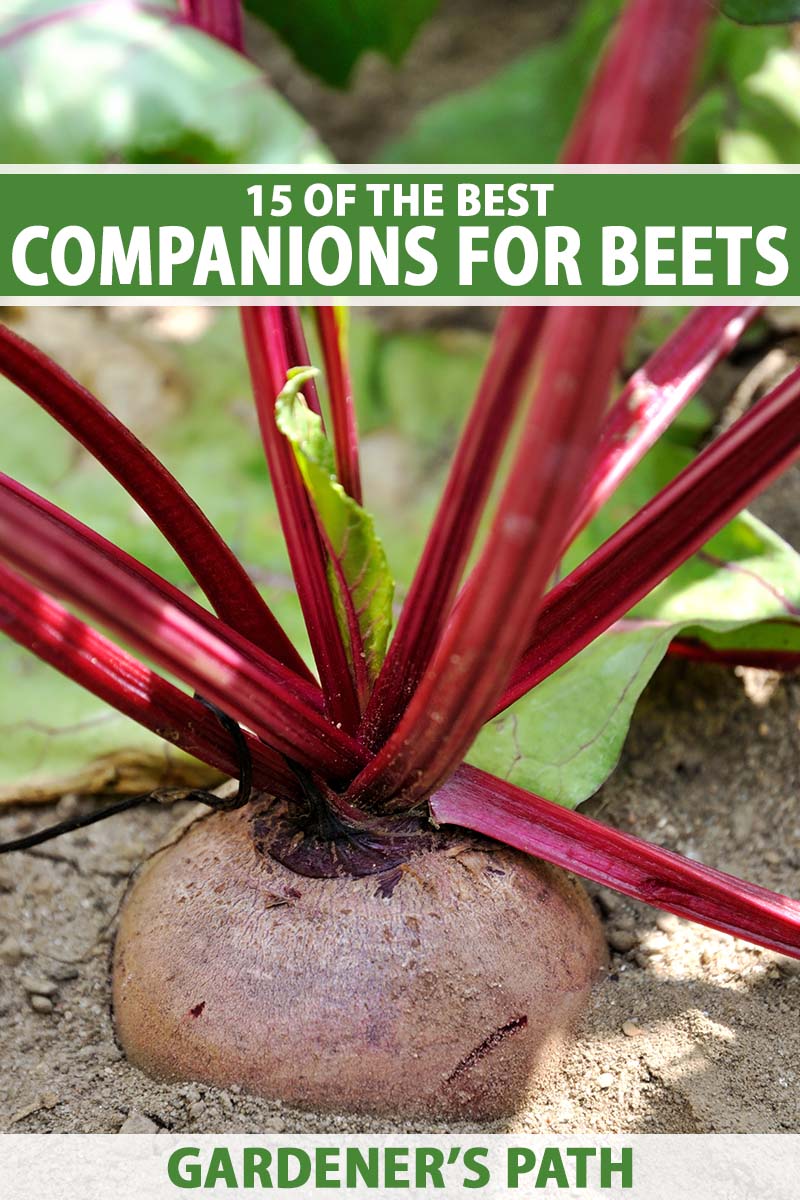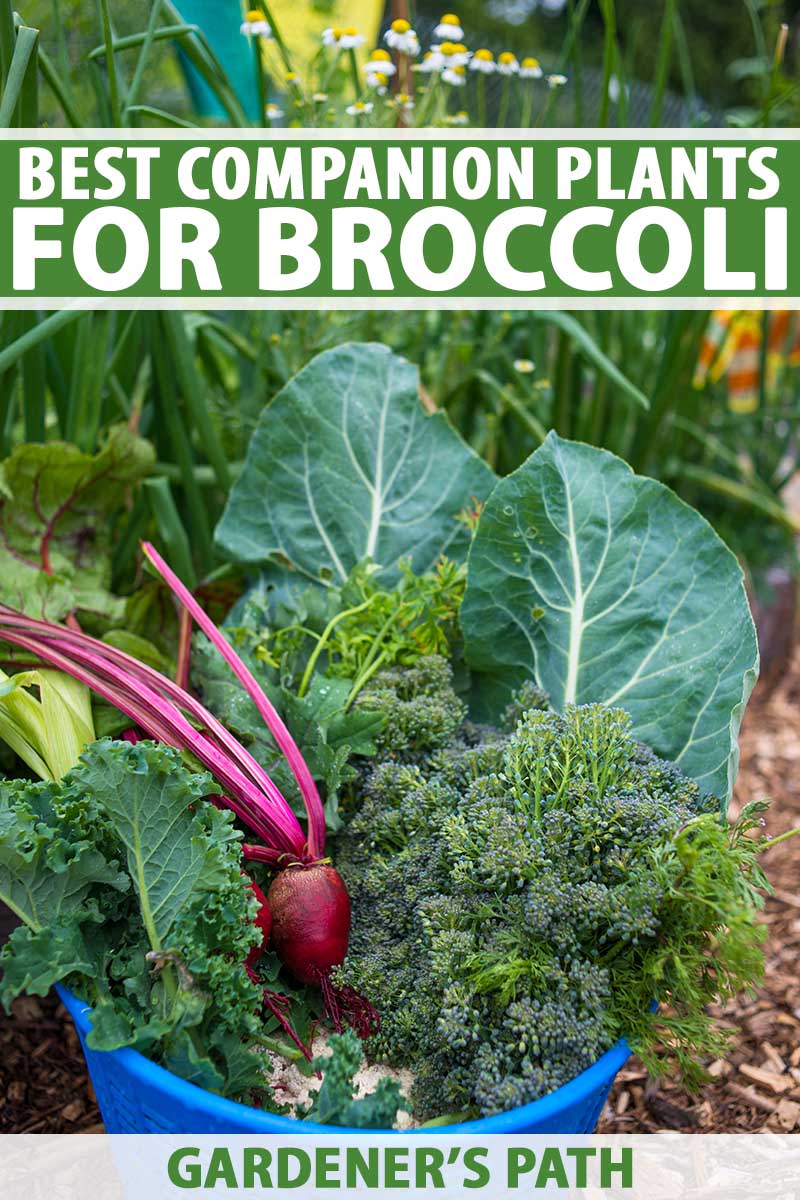Grow Delicious Purple Sprouting Broccoli With These Companion Plants
Introduction
Purple sprouting broccoli is a delicious and versatile vegetable that is a member of the brassica family. It is known for its purple florets and tender stems, and it can be eaten raw, steamed, roasted, or stir-fried. Purple sprouting broccoli is also a good source of vitamins C and K, as well as fiber.
One of the best ways to grow purple sprouting broccoli is to use companion planting. Companion planting is the practice of planting different types of plants together that benefit each other. There are many different companion plants that can be grown with purple sprouting broccoli, but some of the best include:
- Beetroot: Beetroot is a good companion plant for purple sprouting broccoli because it does not compete for the same nutrients. Beetroot also helps to improve the soil structure, which can benefit purple sprouting broccoli.

- Celery: Celery is another good companion plant for purple sprouting broccoli because it helps to repel pests. Celery also has a strong scent that can help to mask the scent of broccoli, which can deter pests from attacking it.
- Chamomile: Chamomile is a flowering herb that is a good companion plant for purple sprouting broccoli because it helps to improve the flavor of the broccoli. Chamomile also attracts beneficial insects, such as bees and ladybugs, which can help to control pests.

- Lettuce: Lettuce is a good companion plant for purple sprouting broccoli because it can be planted under the broccoli plants. Lettuce does not need a lot of space, and it can help to shade the broccoli plants, which can help to prevent them from bolting.

- Potatoes: Potatoes are a good companion plant for purple sprouting broccoli because they help to improve the soil structure. Potatoes also help to suppress weeds, which can help to keep the broccoli plants healthy.
Main Content
In addition to the companion plants listed above, there are a few other things to keep in mind when growing purple sprouting broccoli. First, purple sprouting broccoli needs full sun to partial shade. Second, the soil should be well-drained and fertile. Third, purple sprouting broccoli should be watered regularly, especially during hot weather.
To plant purple sprouting broccoli, sow the seeds in the spring about 2 inches deep and 12 inches apart. The seeds will germinate in about 2 weeks. Once the seedlings have emerged, thin them to 12 inches apart.
Purple sprouting broccoli can be harvested from late fall to early spring. To harvest, simply cut the stems off at the base. The florets will continue to sprout from the stems, so you can harvest several times over the course of the season.
Conclusion
Growing purple sprouting broccoli with companion plants is a great way to get a healthy and delicious harvest. By following the tips in this blog post, you can be sure to grow beautiful and flavorful purple sprouting broccoli in your own garden.
Purple sprouting broccoli is a delicious and nutritious vegetable that is easy to grow. But did you know that there are certain plants that can help your broccoli grow even better? These are called companion plants, and they can provide a number of benefits, such as attracting beneficial insects, repelling pests, and improving soil health.
Some of the best companion plants for purple sprouting broccoli include:
- Beets: Beets and broccoli are both heavy feeders, so they will help each other out by using up different nutrients in the soil.
- Celery: Celery helps to repel pests such as cabbage moths and aphids.
- Chamomile: Chamomile helps to improve soil drainage and suppress weeds.
- Lettuce: Lettuce is a quick-growing crop that can be intercropped with broccoli. This will help to prevent the soil from becoming compacted and will also provide you with a harvest of lettuce before the broccoli is ready to be picked.
- Potatoes: Potatoes help to suppress the growth of clubroot, a disease that can be harmful to broccoli.
For more information about companion planting with purple sprouting broccoli, I recommend visiting Gardenia Inspiration. This website has a comprehensive list of companion plants, as well as information about the benefits of companion planting.
FAQ of purple sprouting broccoli companion plants
Question 1: What are the best companion plants for purple sprouting broccoli?
Answer: Some of the best companion plants for purple sprouting broccoli include:
- Allium species (e.g., onions, garlic, chives): These plants help to repel pests and diseases.
- Carrots: Carrots help to improve the flavor of purple sprouting broccoli.
- Lettuce: Lettuce helps to suppress weeds and improve the soil quality.
- Peas: Peas help to fix nitrogen in the soil, which benefits purple sprouting broccoli.
- Spinach: Spinach helps to shade the soil and prevent it from drying out.
Question 2: What plants should I avoid planting near purple sprouting broccoli?
Answer: Some plants that you should avoid planting near purple sprouting broccoli include:
- Strawberries: Strawberries compete with purple sprouting broccoli for nutrients.
- Corn: Corn can shade out purple sprouting broccoli.
- Tomatoes: Tomatoes attract pests that can also damage purple sprouting broccoli.
- Peppers: Peppers compete with purple sprouting broccoli for nutrients.
- Cucurbits: Cucurbits (e.g., cucumbers, squash, melons) compete with purple sprouting broccoli for water and nutrients.
Question 3: What fertilizer should I use for purple sprouting broccoli?
Answer: A balanced fertilizer, such as 10-10-10, is a good choice for purple sprouting broccoli. You can also use a fertilizer specifically formulated for brassicas. Be sure to follow the directions on the fertilizer label.
Question 4: How often should I water purple sprouting broccoli?
Answer: Purple sprouting broccoli needs regular watering, especially during hot, dry weather. Water the plants deeply, so that the water reaches the roots.
Question 5: How do I prevent pests and diseases from affecting my purple sprouting broccoli?
Answer: There are a few things you can do to prevent pests and diseases from affecting your purple sprouting broccoli:
- Plant resistant varieties.
- Rotate crops.
- Practice good sanitation.
- Remove any diseased plants immediately.
- Use insecticidal soap or neem oil to control pests.
- Use fungicides to control diseases.
Image of purple sprouting broccoli companion plants
- Beet. Beets and broccoli make a good companion pair because they have different nutrient requirements. Beets don't need as much calcium as broccoli, so they won't compete for nutrients in the soil.

- Celery. Celery is another good companion plant for broccoli because it helps to repel pests. The strong scent of celery can deter insects like cabbage moths and aphids.

- Chamomile. Chamomile is a flowering herb that can be planted near broccoli to help improve its flavor. Chamomile also helps to attract beneficial insects, such as ladybugs, which can help to control pests.

- Lettuce. Lettuce is a fast-growing leafy vegetable that can be planted between rows of broccoli. Lettuce will be harvested before broccoli needs the space, so it won't compete for resources.

- Potatoes. Potatoes and broccoli are both members of the nightshade family, so they have similar nutrient requirements. They can be planted together without competing for nutrients.

Post a Comment for "Grow Delicious Purple Sprouting Broccoli With These Companion Plants"